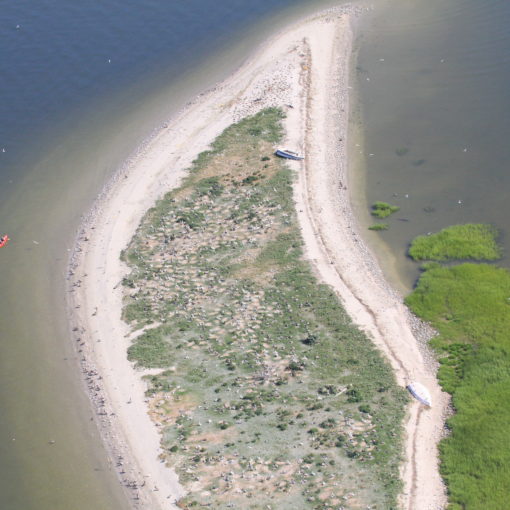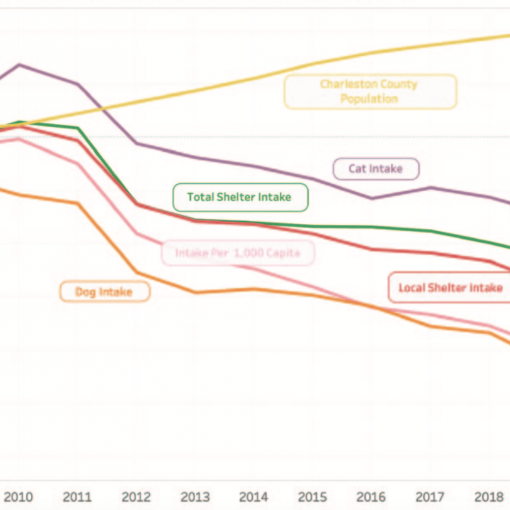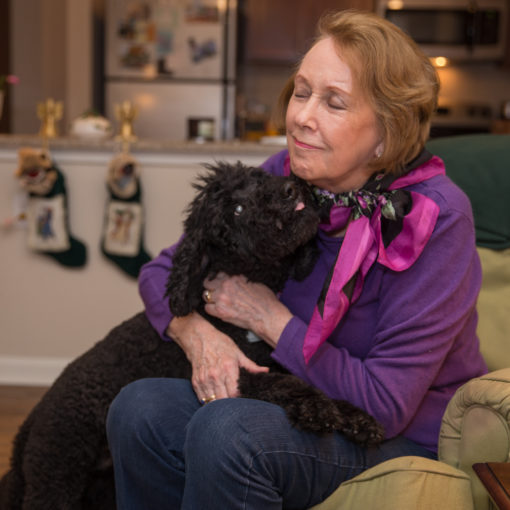How everyday people like you are finding answers that will make lives better for animals.
By Dan Krosse
On any given day across America, thousands of people are helping to find cures for animal sickness, increase the lifespans of our favorite pets, and generally make life more humane for cats, dogs, horses and countless other species. We’re talking about the people who volunteer their time and the time of their pets to find answers in scientific studies being conducted on a variety of topics.
Golden Retriever Lifetime Study
The Golden Retriever Lifetime Study is the largest and most comprehensive observational study ever attempted in veterinary medicine in the United States. Researchers will use information from the 3,000 enrolled dogs to investigate associations between risk factors—such as genetics, nutrition, environment and lifestyle—and major health outcomes, especially cancer.
Charleston resident Ashley Gardner is one of 35 people around South Carolina who have enrolled their Goldens in the study. Gardner’s dogs Ruby and Gus are known in the study as #1133 and #2497. “Once a year, we take them both in for a thorough physical exam that includes blood, urine and fecal samples,” Gardner said. “We also fill out an extensive survey every 12 months about anything that’s happened in our dogs’ lives.”
The Morris Animal Foundation is funding the eye-opening, $32-million cost of the study. That financial commitment shows how much people love their pets. But more astounding, are the 3,000 people like Gardner who have committed to sharing their pets for the benefit of science and a brighter future for dogs.
Each year, Gardner receives a package filled with tubes and vials for the samples. The West Ashley Veterinary Clinic does the lab work for free and mails it back to the foundation. Gardner tells Carolina Tails that seeing a number of friends’ Golden Retrievers die of cancer motivated her to participate. “Our time is a small price to pay as a way for us to contribute and find ways to save dogs’ lives,” Gardner said.
“Participating in the study requires a lot of dedication, and our owners have proven they are up to the challenge,” said Carol Borchert, Director of Communications at Morris Animal Foundation. “They do this not only because they love their dogs, but they want to help improve the health and well being of dogs everywhere.”
While the Golden Retriever Lifetime Study is already full, there is a way for you to register your dog (of any breed) for future research needs. Go to www.caninelifetimehealth.org to find more information.
Cats, Cats, Cats
Last summer, the American Veterinary Medical Association (AVMA) launched the AVMA Animal Health Studies Database as a resource for researchers seeking animals to participate in clinical studies and for veterinarians and animal owners exploring options for treatment. Visit the website (https://ebusiness.avma.org/aahsd/study_search.aspx) and type in “cats” and dozens of studies in need of felines pop up. The topics vary and as with all studies, your pet will have to fit a specific set of conditions to be enrolled.
Shark Research
Arthur Doyle is a Wando High School student, rugby player and volunteer shark catcher! Yep, he spends many an hour on the shores of Sullivan’s Island reeling in sharks as part of the National Marine Fisheries Service (NMFS) Cooperative Shark Tagging Program (CSTP).
“I’ve always been a big fisherman. But got interested in the study by seeing others to do it,” Doyle said. He emailed study organizers asking how to get involved and they sent all the gear he needed. “I’ve tagged five or six sharks since last summer. It’s an adrenaline rush when I reel one in,” he noted.
Since its start in 1962, more than a quarter-of-a-million sharks of 52 species have been caught and tagged for research through the program, which is overseen by the National Oceanic and Atmospheric Administration (NOAA). The program has grown from 100 volunteers to thousands of shark catchers like Doyle, up and down the Eastern Seaboard.
Doyle’s contributions to research are moving science forward with answers to questions about how sharks age, the location of feeding grounds and man’s impact on the overall shark population’s health. He says getting started is easy for anyone interested in the program. And while it might sound nerve-wracking to be so close to sharks, especially in local spots like Sullivan’s Island, Doyle admits there’s no reason to freak out about swimming. “I guarantee you there is a shark within 50-yards of you at any given point in time—and they’re not going to bother you.”
To learn how you can join the Cooperative Shark Tagging Program go to: https://www.nefsc.noaa.gov/nefsc/Narragansett/sharks/fooha.html





